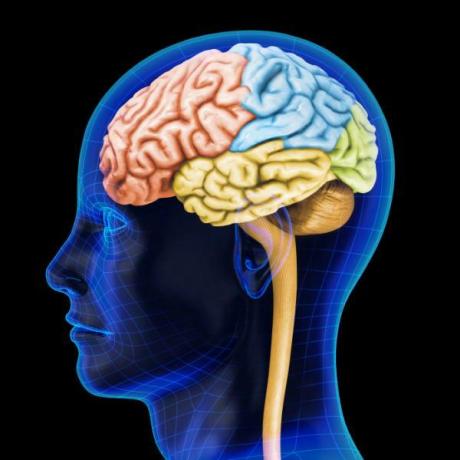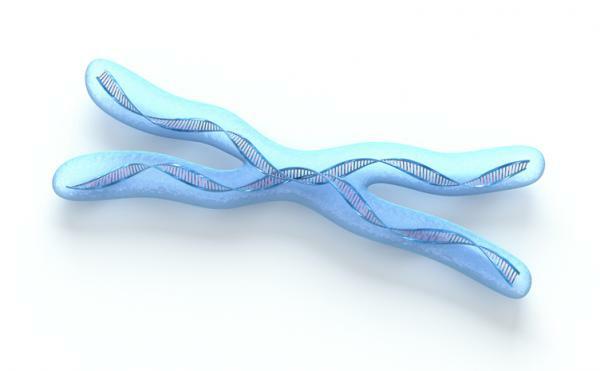
Sensory thresholds refer to the limit of sensations and within these the so-called differential thresholds, minimum thresholds and maximum thresholds must be taken into account. In this Psychology-Online article, we will explain what is the definition of sensory thresholds and we will clarify some related concepts.
Classical psychophysics was interested in the study of sensory thresholds that come to be "the margins" of our sensation, that is, there are certain magnitudes of stimulus so low that they no longer cause sensationabsolute threshold or lower limit) and, on the contrary, others so high that what they produce is not a sensation but pain (terminal threshold or upper limit).
Differential threshold (UD) is the distance (minimal changes in intensity) on the stimulus continuum between the value of a given stimulus and another higher or lower than it, which causes a just perceptible change in sensation (d.j.p).
Psychophysics has focused mainly on the study of the absolute threshold or minimum value of the stimulus capable of evoking sensation. This value changes depending on the subject and the circumstances, so there is no single point in all individuals, but rather it is located in a transition zone.
Modern Signal Detection Theory has dispensed with the threshold; said theory of what is concerned with performance in detecting a signal by any human operator, and not with whether the threshold exists or not. To avoid the "stimulus error", the subjects were trained. For the problem of the probability of the stimulus, the statistical correction of the data was used.
Various methods:
- Limits method.
- Constant stimuli method.
- Average error method.
This article is merely informative, in Psychology-Online we do not have the power to make a diagnosis or recommend a treatment. We invite you to go to a psychologist to treat your particular case.


